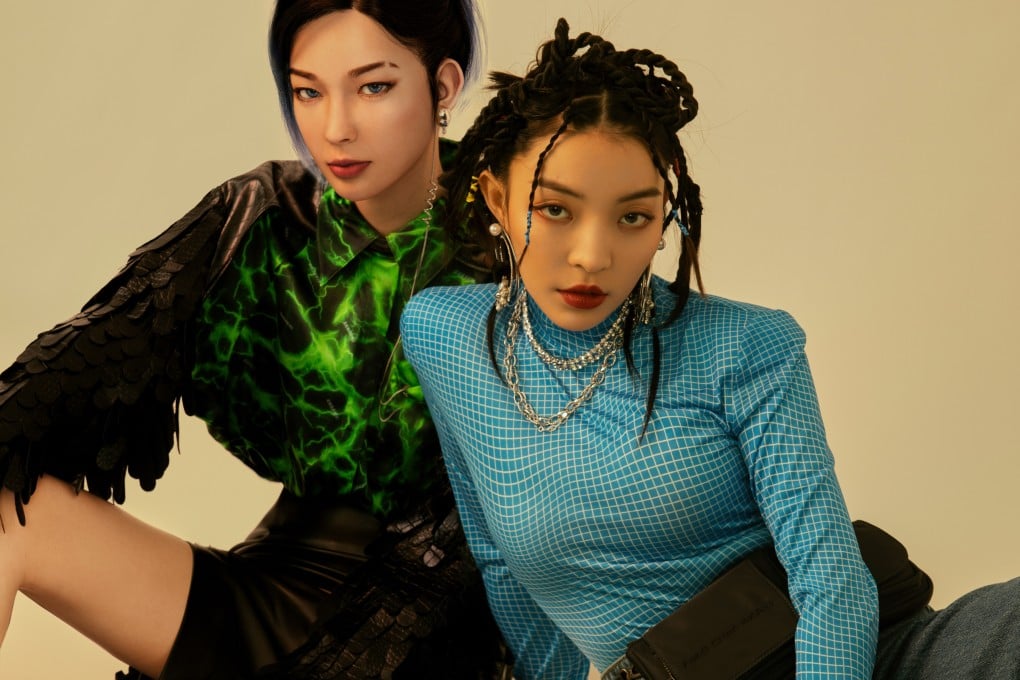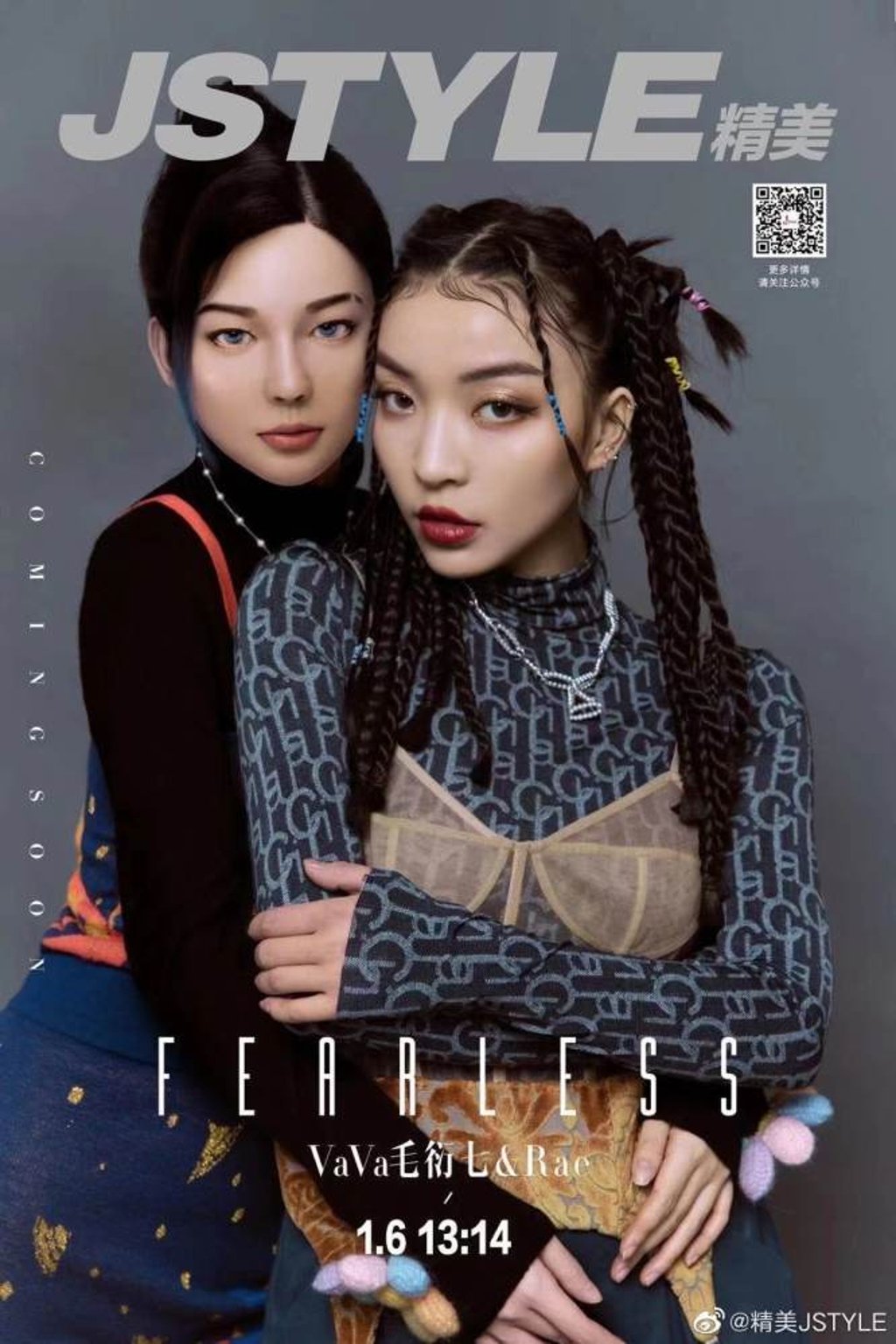Advertisement
Will virtual social media influencers replace human ones? They’re everywhere, from K-pop to fashion catwalks
- We may just be seeing the start of the rise of virtual influencers, say insiders. A 2018 estimate made by Weibo valued the KOL industry at over US$15 billion
- One digital influencer has more than 250,000 followers on Weibo, another has worked with Chinese actor Li Xian, and there is even a virtual modelling agency
Reading Time:4 minutes
Why you can trust SCMP

Rae, based in Singapore, did something at the start of the year that most of the city state’s denizens have not been able to do for some time – she “travelled” to Shanghai.
Advertisement
There, the street-style loving digital artist graced the cover of Jstyle magazine with China’s top female rapper, Vava.
However, the slim, blue-haired fashion lover is not a real person – she’s a CGI creation that’s powered by artificial intelligence technology.
The digital girl, launched last October, has become one of the fastest growing virtual influencers on Weibo and has over 250,000 followers.

Rae is not the only virtual personality to make big. In the West, digital characters such as Lil Miquela, Shudu Gram and Noonoouri have been taking part in high-profile fashion collaborations and posing with celebrities for the past few years.
Advertisement

Advertisement